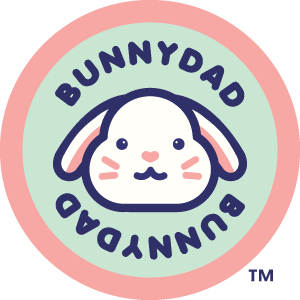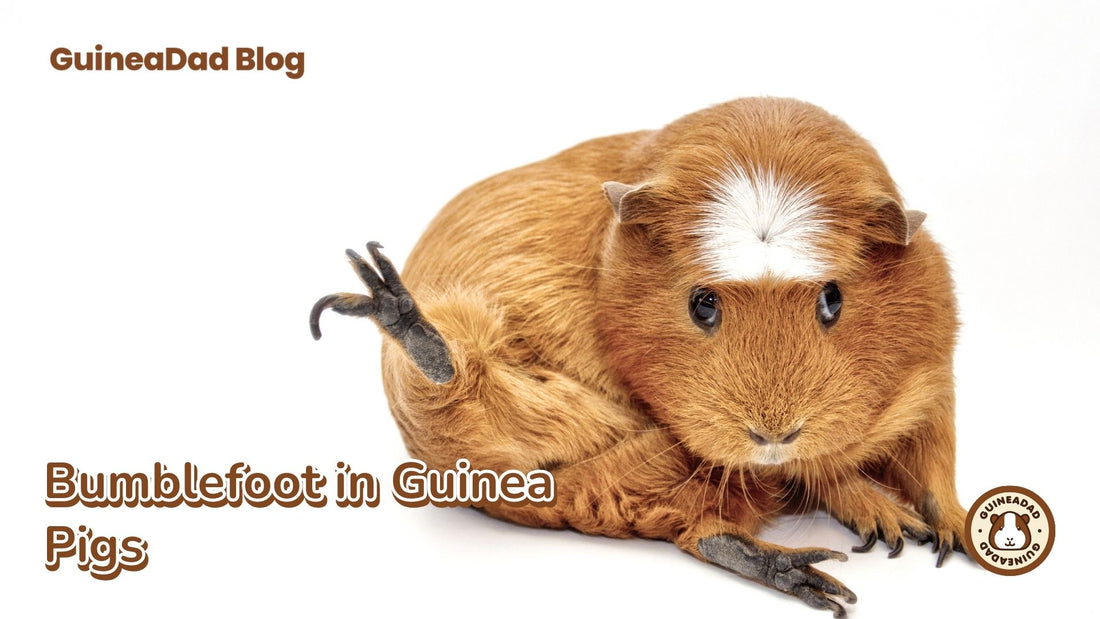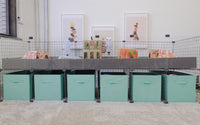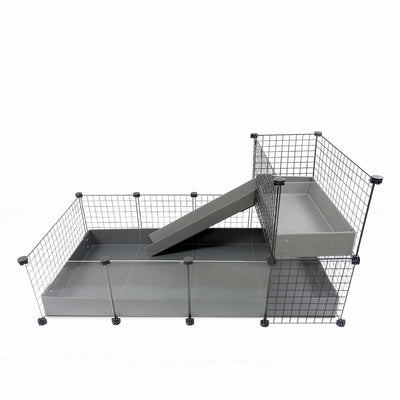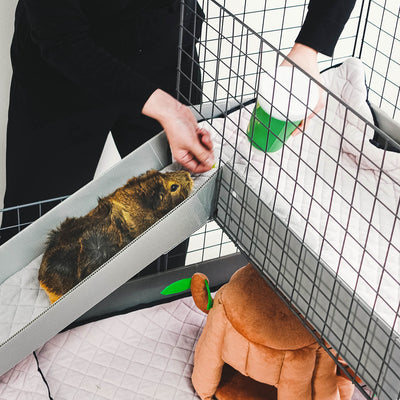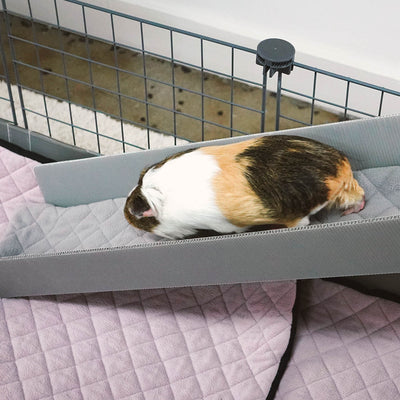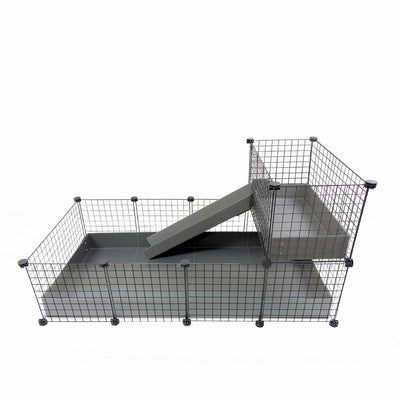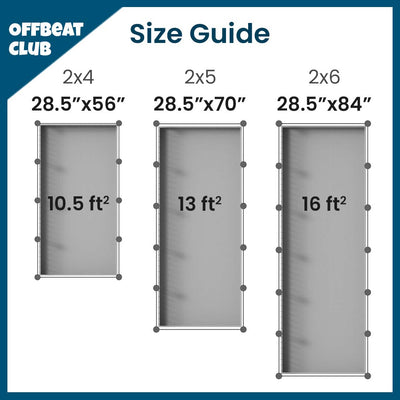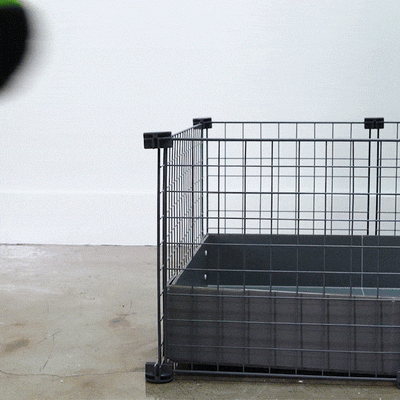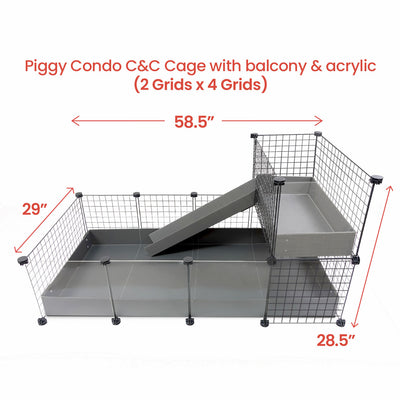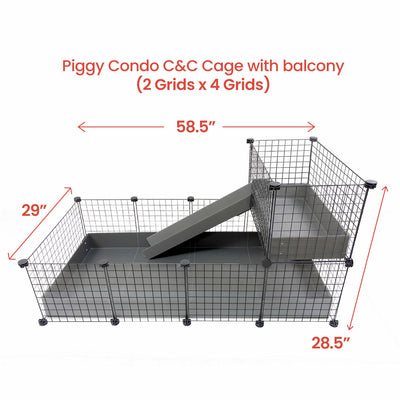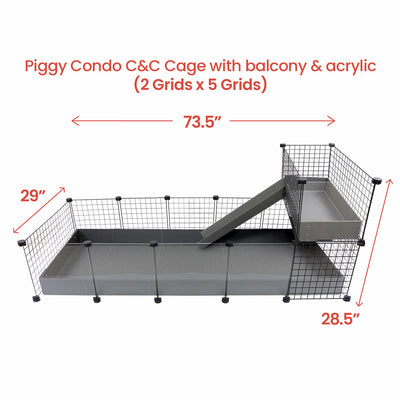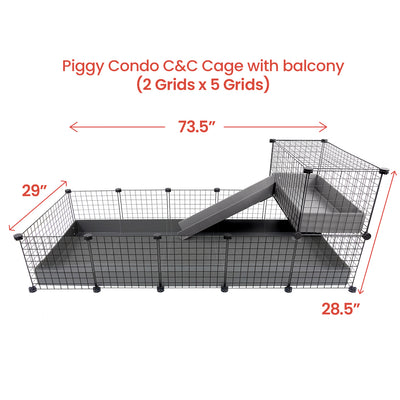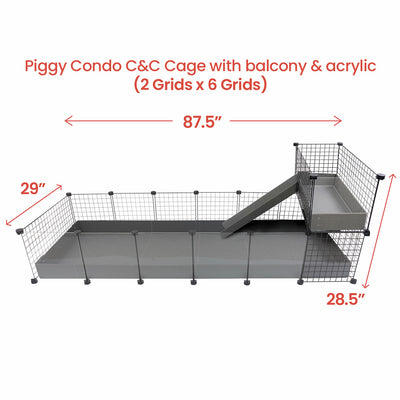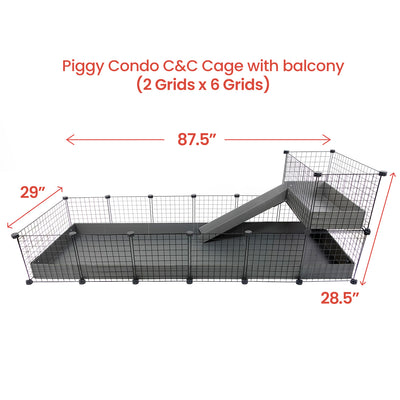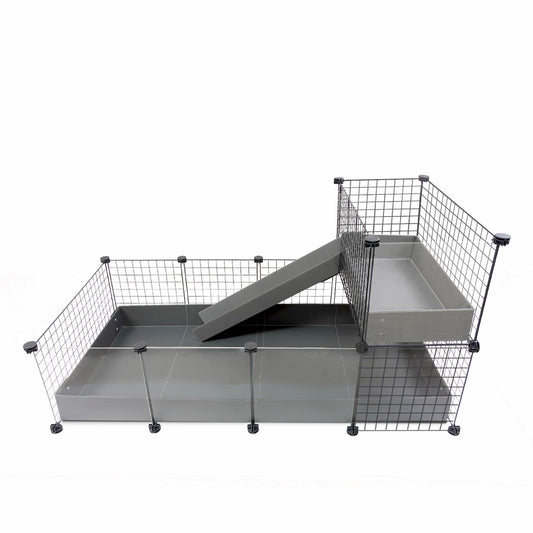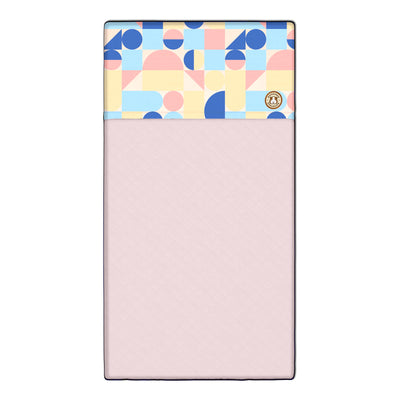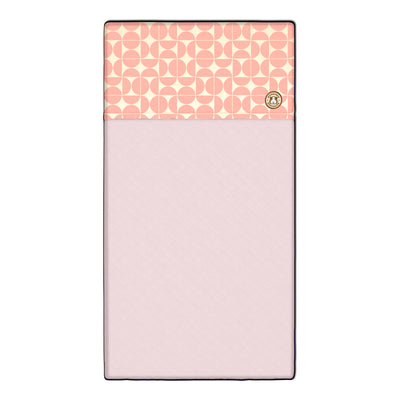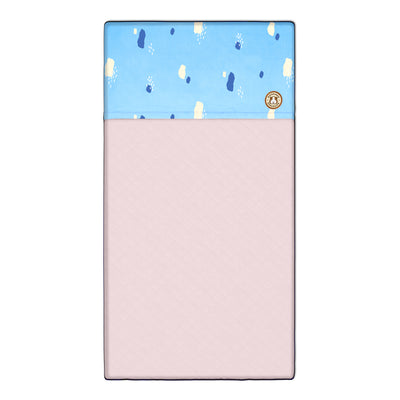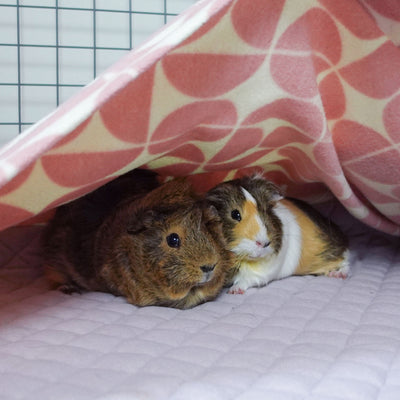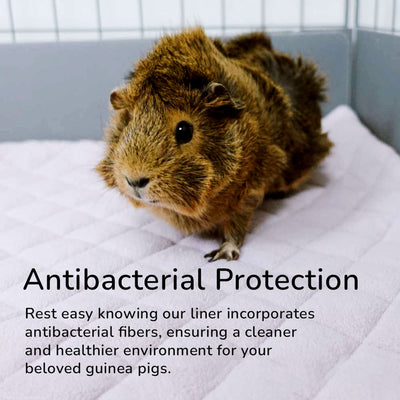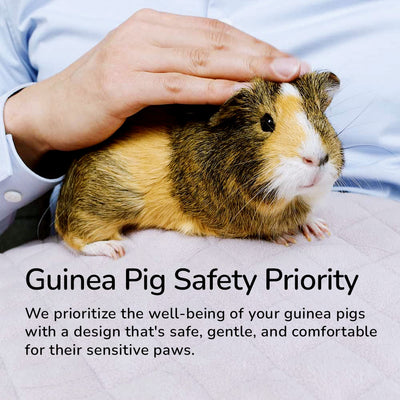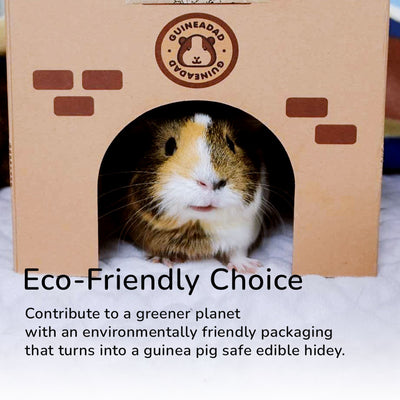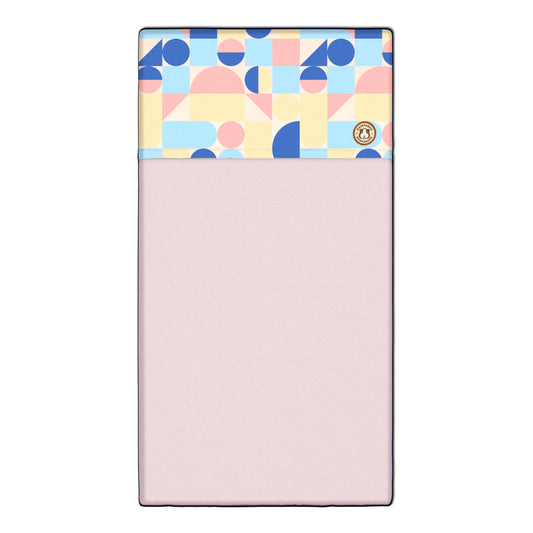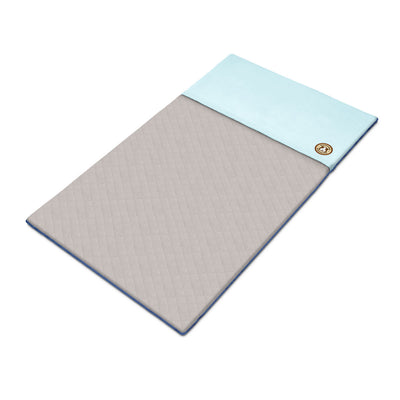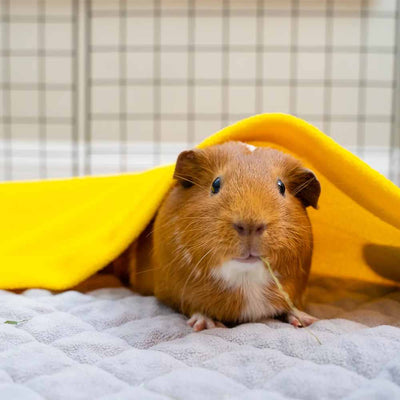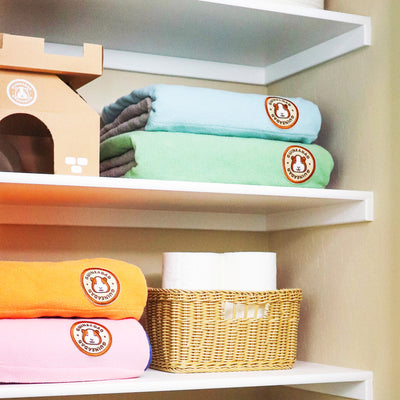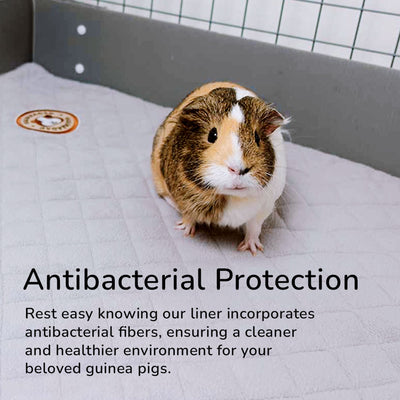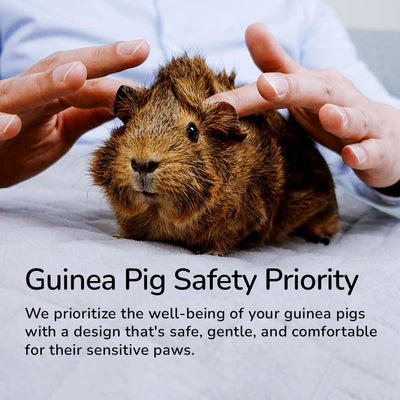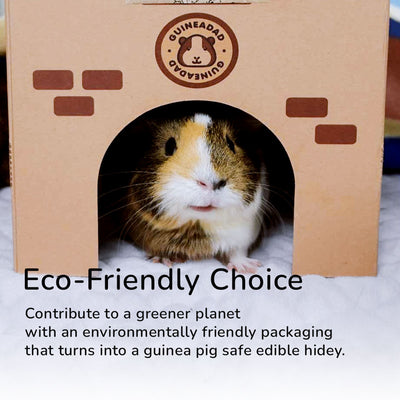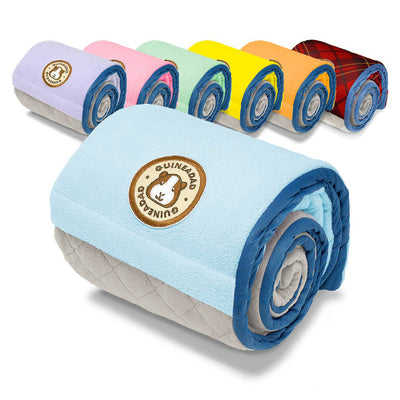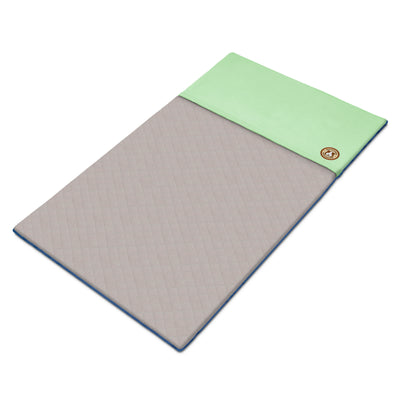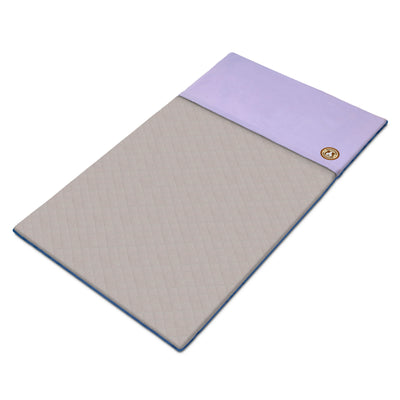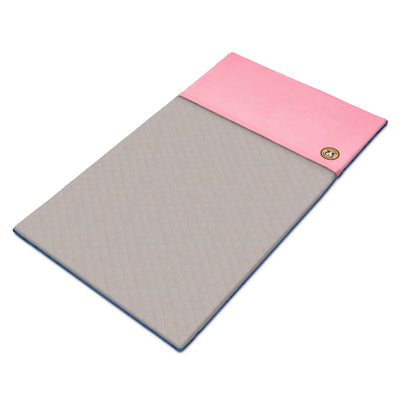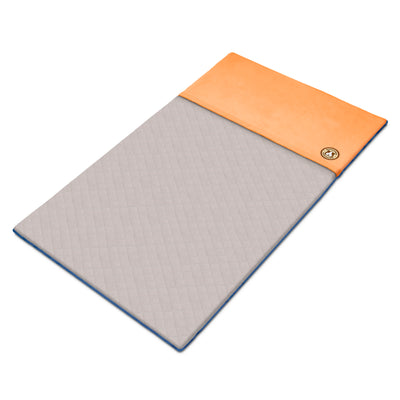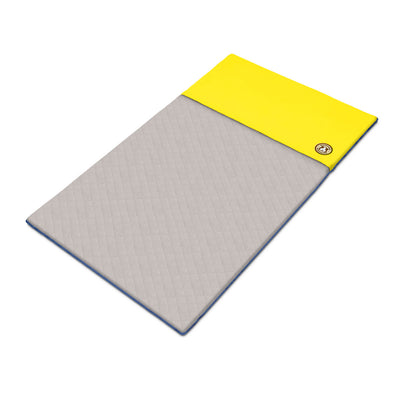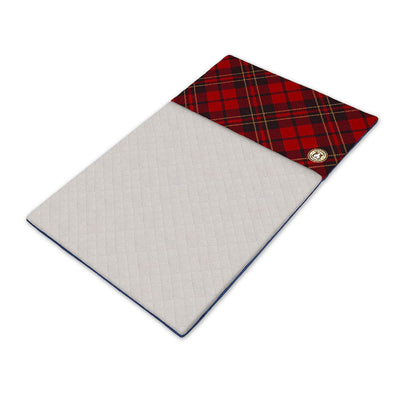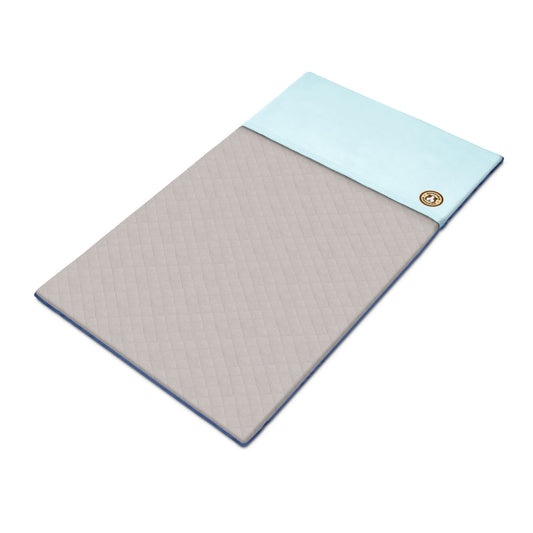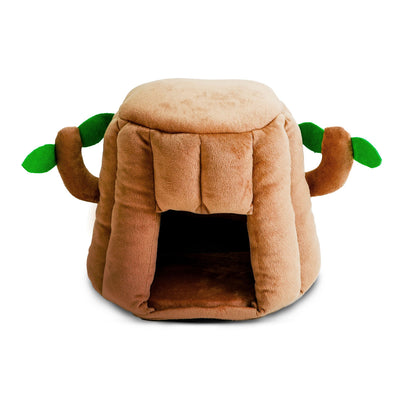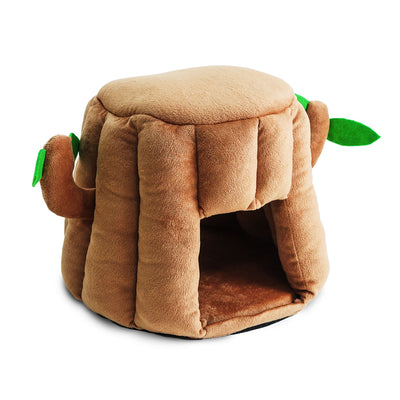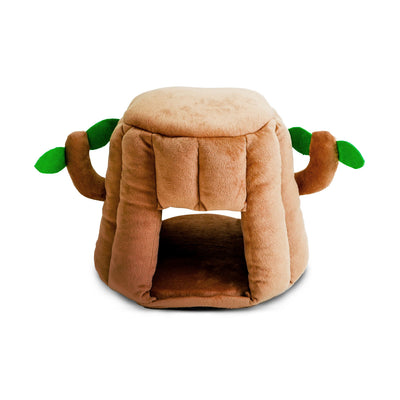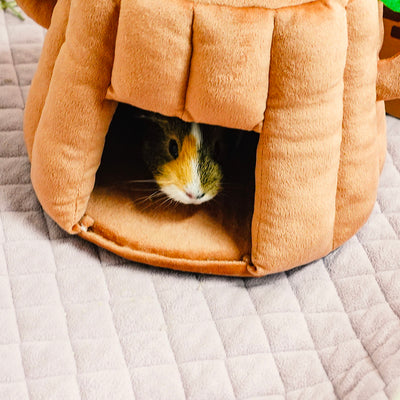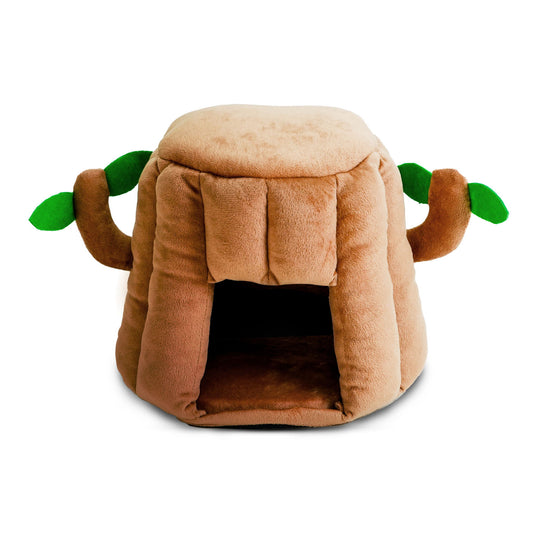Hey there GuineaGang,
Have you ever wondered about Bumblefoot in Guinea Pigs? Watch this short video for a quick summary about this topic:
What is Bumblefoot?
Bumblefoot, also known as pododermatitis, is a painful condition that can affect guinea pigs and other small animals. Identifiable by inflammation, redness, and extreme soreness and sensitivity, this bacterial infection of the foot pads is typically caused by pressure sores, trauma, or being kept in unclean environments. Bumblefoot is much more common among guinea pigs that are kept in improper living conditions, such as on dirty or rough surfaces, wet or otherwise inadequate bedding, and small cages that lack proper space for exercise.
If noticed and treated early, most cases of bumblefoot are easily curable after a round of prescribed antibiotics from your local exotic animals vet. If left untreated, however, bumblefoot can lead to severe discomfort, pain, and potentially fatal systemic infections.
What are the Common Symptoms of Bumblefoot in Guinea Pigs?
Some recognizable symptoms of bumblefoot in guinea pigs can include:
- Swollen, reddened, or irritated foot pads
- Scrapes, scratches, lesions or any kind of open sores on the foot pads.
- Difficulty walking like lameness or limping
- Pain or sensitivity when the affected foot is touched
- Abscesses or pus-filled swellings on the foot pads
- Scabs that have crusted over or reopened
- Reluctance to move, run, or play
- Weight loss (due to pain or reluctance to walk over to food
If you notice any of these symptoms in your guinea pig, or if you’re not sure, contact your local vet.
How Do You Treat Bumblefoot in Guinea Pigs?
Possible Treatments for bumblefoot may include:
- Cleaning and disinfecting the affected foot pads.
- Removing inappropriate bedding to prevent further irritation.
- Administering antibiotics to treat bacterial infections.
- Applying topical medications or ointments to promote healing.
- In severe cases, draining abscesses or providing surgical intervention.
Prevention is key to avoiding bumblefoot in guinea pigs. Ensure that your guinea pig's living environment is clean, spacious, and comfortable. Use appropriate bedding materials that provide cushioning and support for their feet. Regularly inspect your guinea pig's feet for any signs of inflammation, sores, or lesions, and take immediate action if you notice any issues.
Remember that the information provided here is not a substitute for professional veterinary advice. If you suspect that your guinea pig has bumblefoot or any other health issue, consult a veterinarian for proper diagnosis and treatment.
Causes and Prevention

NO Wire-Bottom Cages!
We strongly recommend NEVER keeping your guinea pigs in a wire-bottom cage. While wire-bottom cages can make the cleaning process easier for pet parents, the grates of these cages irritate the soft pads of your pets’ feet, and can prevent wounds from healing. If a pet is left to live in wire-bottom cages for long enough, sores and open wounds can develop on their feet, inevitably leading to infection if untreated. This is why removing any wire bottoms on cages, or replacing an enclosure altogether, is one of the most important steps pet parents can take in preventing bumblefoot.
Clean Living Space
Ensuring that your pet has a sanitary living space is also an essential part of bumblefoot prevention. Your pet’s habitat needs to be removed and thoroughly washed at least once a week, with fresh bedding placed down that’s soft, clean, and dry. As wet environments can play a major role in the development of bumblefoot, check your pet’s habitat daily for excess moisture, replacing wet bedding with dry bedding as necessary.

Well-Balanced Diet & Exercise
A balanced diet and plenty of exercise both increase your pets’ ability to fight off infection. Your guinea pigs need enough daily vitamins and minerals through high-quality hay, fortified food pellets, and fresh vegetables. Guinea pigs in particular need to receive enough vitamin C from their food on a daily basis. Your pet should have a large enough living space to move, as well as regular access to space outside of their habitat where they can run and play.

Locate & Remove Possible Causes
Without addressing the underlying issues that may have caused bumblefoot, it’s likely for the bumblefoot to reoccur. If you don’t know what caused the infection, your veterinarian, guinea pig rescues, and even other pet parents can all be great resources. Discussing your pet’s habitat conditions with others can help you determine what changes need to be made to your pet’s living space to keep them safe.
Medical Treatment
Bumblefoot must be treated with the advice of a cavy-savvy veterinary professional. These infections often require specific antibiotics selected to target the exact types of bacteria causing the issue. Whenever it’s an option, requesting that an infection be cultured can help ensure that the most effective antibiotic for that infection is prescribed. Pets also need to be treated for pain in order to keep them comfortable, as bumblefoot can be an agonizing condition. After an assessment, your veterinarian can prescribe additional care, such as medicated foot baths, cleaning, and wound wrapping.
If your pet does have bumblefoot, keep in mind that this condition takes time and effort to cure; there is no overnight fix. Your pet will need daily care (sometimes care more than once a day) in order to fully recover.
In some severe cases, bumblefoot can be so advanced that it infects the bone, meaning that the affected feet may need to be amputated in order to save the pet’s life. In cases like these, guinea pig parents should understand what recovery steps are necessary for their guinea pig after this type of major surgery. Your pet will likely need their habitat adjusted for accessibility to food, water, and hiding space so they can still live a happy life. Amputations can be a scary option to face, our pets are resilient and adaptable, and many animals go on to live full and happy lives after amputation.
Bumblefoot and Other Infections are Preventable
While bumblefoot is a relatively common condition in guinea pigs, it should not be considered normal or an inevitable part of a guinea pig’s life. Bumblefoot, like all other infections, can be avoided by taking the proper precautions. If your guinea pig does contract bumblefoot, it’s crucial to treat it immediately, following the advice of a veterinary professional.
The Intention Behind GuineaDad’s Fleece Liners
Since damp and dirty cage liners are prime environments for bacteria to grow, choosing the right liner can be one of the most effective ways to prevent bumblefoot.
For a short explanation on why GuineaDad’s fleece liners are designed the way they are, preventing bumblefoot and other bacterial infections is a perfect topic.
As stated above, the goal is to reduce moisture and bacterial growth. We found a way to do this while providing extra cushioning to guinea pigs’ feet and joints, by the materials we use, in addition to a very cool design feature.
Bamboo vs Polyester vs Cotton
High-quality bamboo is more absorbent than cotton, and absorption is more useful than repelling liquid, which is what polyester does. This is the difference between hydrophilic (absorbent) and hydrophobic (repellent) materials.
When liquid is repelled by polyester fibers, it passes straight through them and pools in the same place. Pools of liquid take longer to evaporate, meaning your guinea pig’s liner stays damp for longer. However, when liquid is absorbed by the fibers in our bamboo blend, it’s then immediately dispersed by our liners’ specially designed grooves and channels. This spreads the liquid out evenly and allows it to evaporate and dry in a fraction of the time. This means your guinea pigs’ feet get to stay dry, and bacteria doesn't have time to grow.
As even further protection against bacterial growth, the bamboo fibers in all of our liners are treated with antimicrobial ionic silver. This coating kills bacteria as it passes through the fibers.
This functionality is true for all of GuineaDad’s liners, but the reason our Premium Liners are so special is that the AirCell™ technology we created increases the cushioned support for guinea pigs’ feet and joints, and in turn, makes the liners dry even faster! They’re simple to spot clean and wash, and we couldn’t be more proud of their level of effectiveness and comfort.
Now add in the fact that bamboo is a faster growing, more sustainable resource that’s better for the planet, and it’s hard to imagine why anyone would use anything else.
Our goal is to eradicate bumblefoot, one liner at a time.
~ GuineaDad

